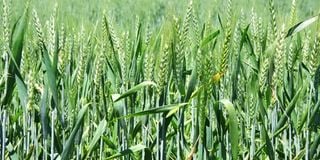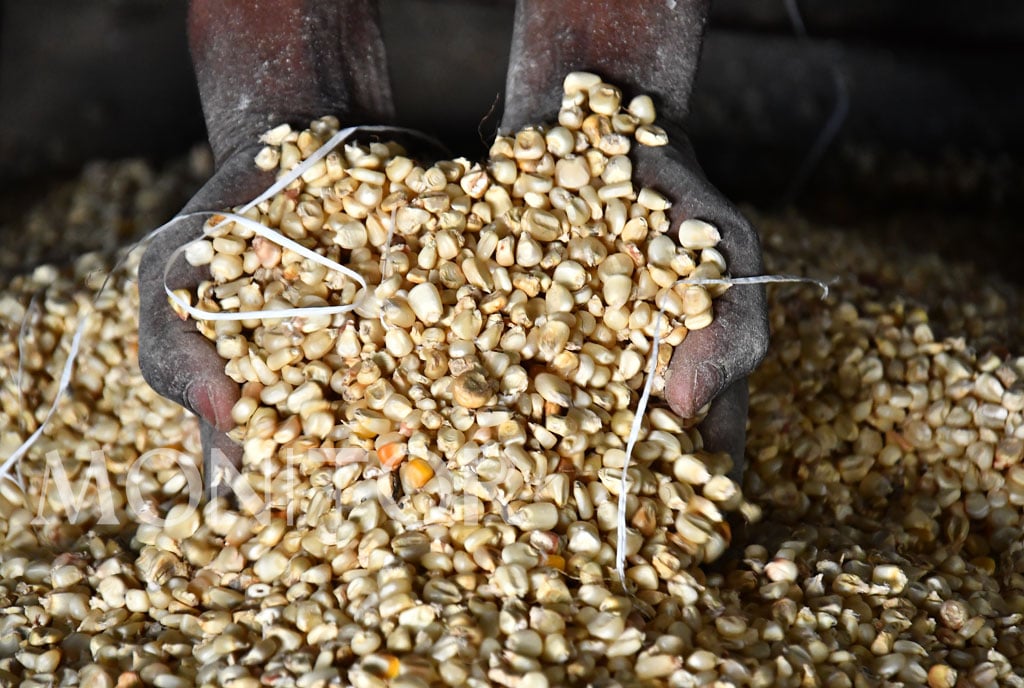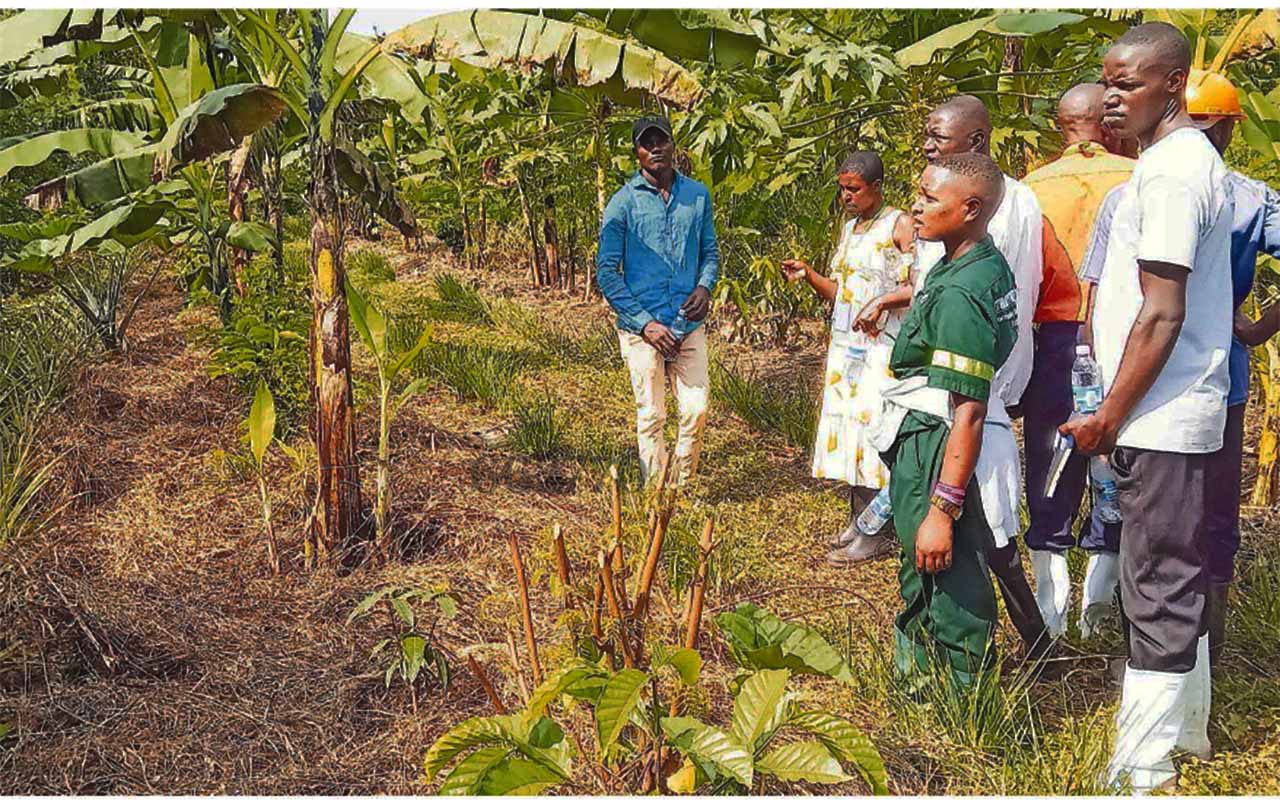
Wheat thrives in well-drained, fertile soil with good moisture retention. The location should receive plenty of sunlight throughout the day to support healthy growth.
When choosing a site for your wheat farm, consider factors such as soil pH levels, topography, and proximity to water sources. Avoid areas prone to waterlogging or erosion, as they can negatively impact crop yields.
Conduct soil tests before planting to assess nutrient levels and make necessary amendments. Additionally, ensure that the chosen location has sufficient access to irrigation systems or natural rainfall patterns.
Soil preparation
Before planting your wheat crop, it is essential to ensure that the soil supports healthy growth. Begin by testing the soil to find its pH levels and nutrient content. This will help you make informed decisions about the type and fertilisers needed. Wheat thrives in well-drained, fertile soil with a pH level of 6.0 to 7.5. Proper tilling and cultivation techniques are key to soil preparation. Fertility management involves maintaining a balance of essential nutrients like N, P, and K in the soil.
Climate
Wheat thrives in cool temperatures during the early stages of growth but requires warmer weather as it matures.
Adequate sunlight is essential for photosynthesis, which helps the plants produce energy. Wheat thrives in cool, moist conditions with temperatures between 15-24°C during the growing season.
Choosing the right wheat seeds
Choosing the right wheat seeds is crucial for a successful harvest. With a variety of wheat seeds available in the market, it is essential to select the ones that align with your farming goals.
Consider factors such as yield potential, disease resistance, and adaptability to climate and soil conditions.
Different wheat varieties have varying characteristics, so it’s important to do thorough research before making a decision.
Planting techniques
When it comes to sowing methods, there are a few key options to consider. Traditional broadcasting involves scattering seeds by hand across the field, while drill seeding offers more precision by placing seeds at specific depths and spacing. Timing is essential when planting wheat.
The ideal time for sowing varies depending on your location and climate conditions.
Generally, planting in the fall allows the crop to be established before winter dormancy sets in. Spring planting is also an option in regions with harsh winters.
Pest and disease
Some important pests to watch out for include aphids, armyworms, and hessian flies. These tiny invaders can quickly multiply and cause significant damage to your wheat fields.
On the disease front, watch out for rusts, powdery mildew, and Fusarium head blight. These fungal diseases thrive in damp conditions and can spread rapidly throughout a wheat plantation.
Implementing integrated pest management strategies is crucial in controlling these pesky intruders. This method involves a combination of cultural practices, biological controls, and careful use of pesticides when necessary.
Weed management
Weeds compete with wheat plants for nutrients, water, and sunlight, ultimately reducing harvest quality and quantity.
Implementing strategic weed management practices is essential to control weeds in your wheat fields effectively.
One common strategy is using herbicides that target specific weed species while being safe for wheat plants.
It is important to carefully read and follow the instructions on herbicide labels to ensure proper application and maximum effectiveness.
Additionally, practicing crop rotation can help disrupt weed growth cycles by alternating crops planted in the same field each season.
Harvesting wheat
The timing of harvesting is essential to ensure optimal yield and quality. Harvesting methods vary depending on factors such as weather conditions, equipment availability, and farm size. The common method of harvesting wheat is using a combine harvester.
This machine cuts, threshes, and cleans the wheat all in one go, making the process efficient and time-saving. Another traditional method involves manually cutting the wheat with a scythe or sickle.
Marketing
The option is to connect with local farmers’ markets or co-ops to reach consumers looking for fresh, locally-grown produce. Another idea is to establish relationships with bakeries or restaurants that value high-quality ingredients like wheat.
Additionally, consider reaching out to larger distributors or grain mills that may be interested in purchasing bulk quantities of your wheat.
Applying online platforms and social media can also help expand reach and attract potential buyers from different regions.









